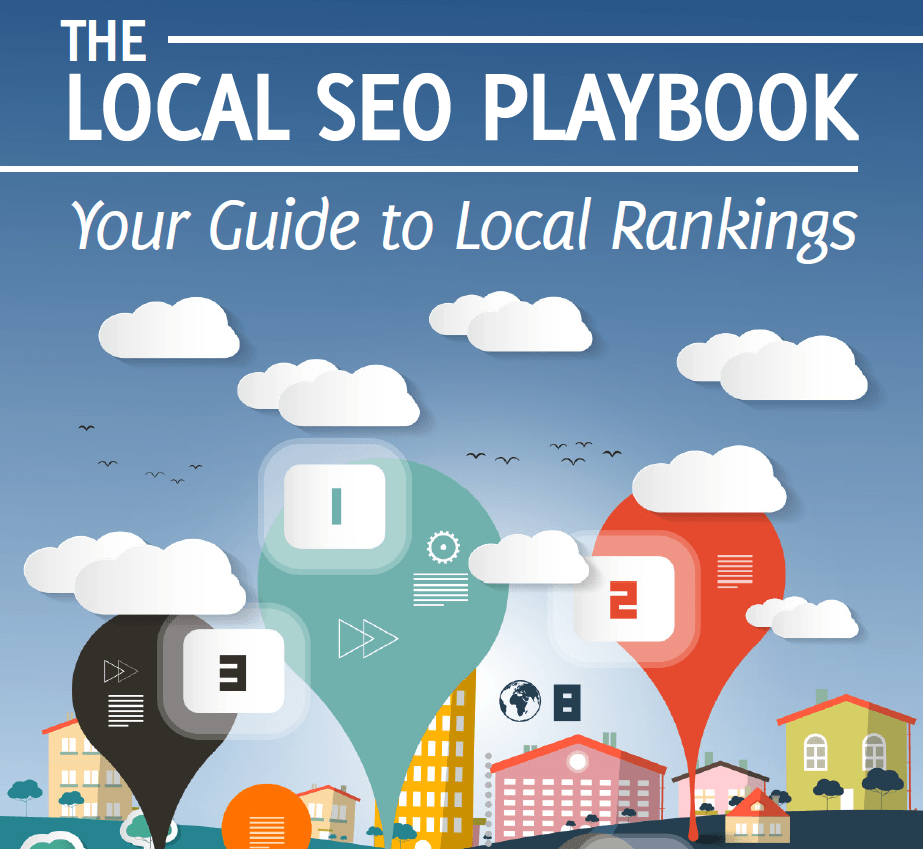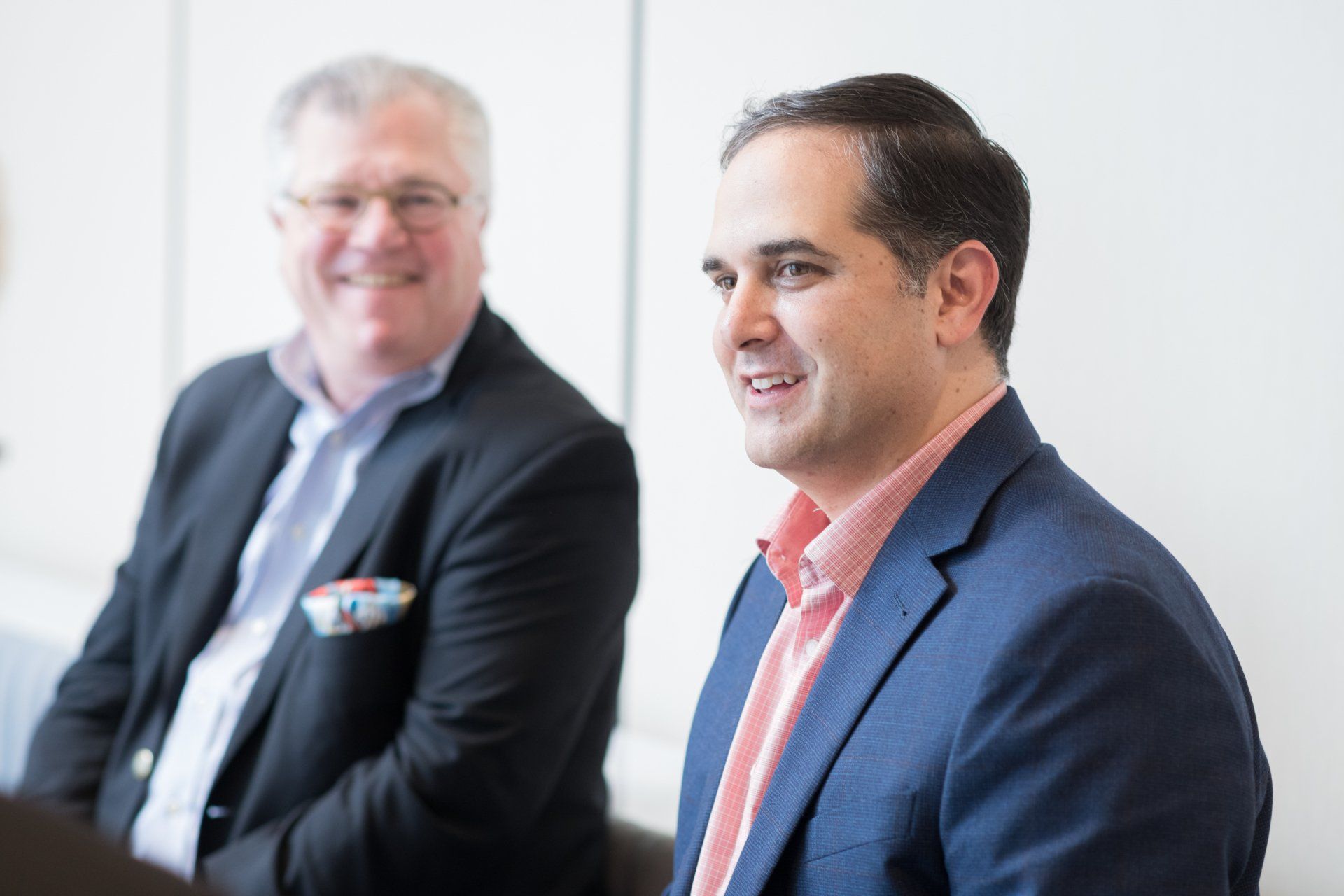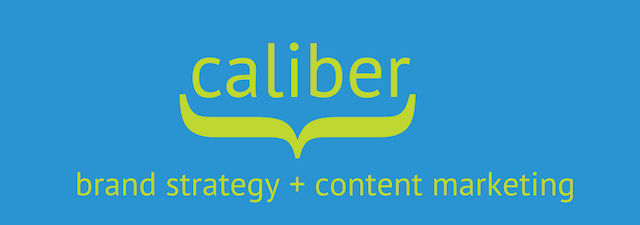The “Word of Mouth” Trap
by Dan Gershenson
Let’s get this out of the way: Positive word of mouth is terrific. I can think of nothing more powerful than an instance where one reliable source tells another person how great a product or service is. It’s instant credibility for your brand.
Unfortunately, there are people who don’t know how to make word of mouth all that it could be. Word of mouth can build business but it can also build complacency in people that benefit from it because those same people believe they don’t need to do anything else or that everything they’re doing currently is just fine. But in time, that kind of philosophy can result in decreased market share or worse.
Still, maybe you don’t see the big deal. All is right with your world. Good things are being said about you, customers seem to be consistent…so who needs anything else when word of mouth is pulling in people for you and the numbers are up?
Well, I’m going to go out on a limb here and say that you’d rather have more money than less of it. Which is why I offer forth this little scenario about two companies for you.
Company A has 200 customers. Company A provides great service and a great product but does nothing to encourage its customers to put in a good word about Company A to someone else, like a friend or family member. Still, let’s say that every single customer tells 1 other person about how great Company A is. Those people become customers too.
Company A’s year-end total: 400 customers.
Company B has 200 customers as well. They provide great service and a great product. But they implement a referral program that rewards its customers for referring three friends to become qualified customers – Company B offers a pretty good-sized prize for doing so, but then, the return on investment in getting three new customers for every one is well worth it. PLUS for every successful referral, the customer gets a smaller, intermediate prize. PLUS Company B’s program allows each successful referral to count as one entry into a grand prize drawing, which means the more referrals you make, the better your chances to win.
Company B’s year-end total: 600 customers (at least).
I’d say the difference between doubling your customer base and tripling it can be mighty big, wouldn’t you? Everybody’s company is different, but my point is that while both companies shown here use word of mouth, one chose to cultivate its customer relationships off of that word of mouth with far better results than the one that stuck to the status quo and did nothing.
And by the way, the referral program idea is only one potential way of building on what you have.
Remember, word of mouth is a foundation, not the end result. It’s a springboard for even better results to occur because what you have is a happy customer base – however, just because that’s something that many other businesses would be jealous of doesn’t mean you should sit still.
Specifically, think about two things:
1) Where does your audience interact with your brand?
2) What will your reward for making a successful referral be when you get in front of them?
A better reward does not have to equal more money either. It can be a discount off of one of your products or services (perhaps a discount off of a new product or service you’d like to introduce?).
Word of mouth gives you the opportunity to be proactive and make that goodwill work for you even further. Otherwise, there’s only going to be so many words about you passing through so many mouths.
The post The “Word of Mouth” Trap appeared first on Caliber Brand Strategy + Content Marketing.
The Fractional CMO







